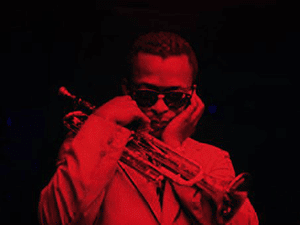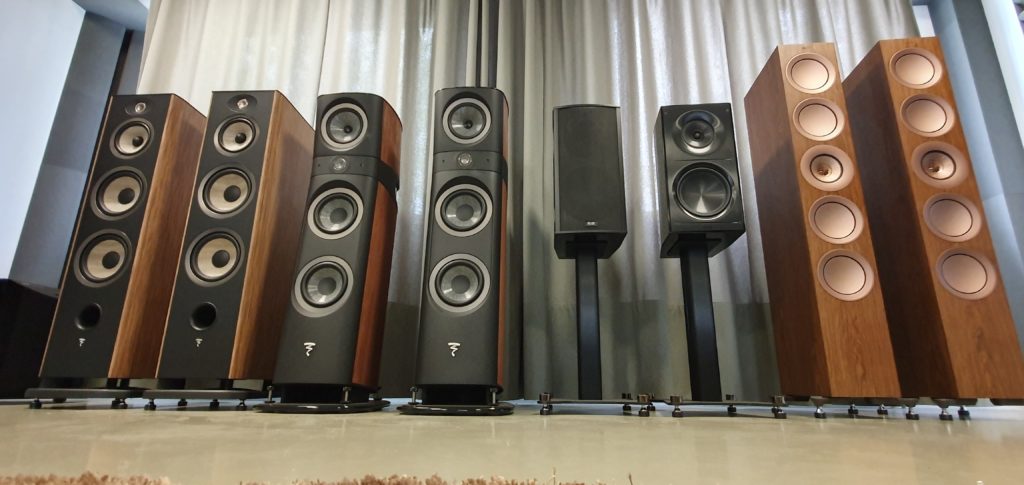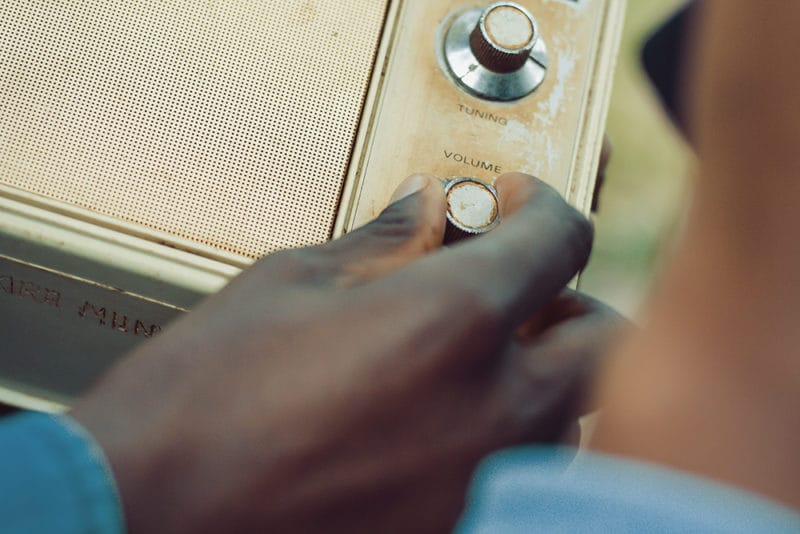6 Ways Musicians Can Prevent Hearing Damage
By: WhisperRoom™
July 14, 2020


Musicians have a tendency to enjoy loud music, but a volume cranking lifestyle will eventually take its toll on your hearing.
There’s a bit of a stigma when it comes to taking care of your ears and playing music. Some folks don’t want anything to hinder what they hear when rocking out while others think they are invincible. Reasons aside, repetitive exposure to loud noises and noisy environments will eventually punish your ears and cause irreversible hearing damage.
Research shows that professional musicians are four times as likely to develop noise-induced hearing loss (NIHL) when compared to the general public and 57% more likely to get a persistent ringing known as tinnitus.
It’s tragic for a musician to damage their hearing, especially when measures can be taken to prevent permanent hearing loss. Let’s take a look at several ways to protect your ears and prolong your ability to hear.
Ear-splitting environments are not your friend. Being exposed to loud noises for lengthy periods of time is one of the most detrimental things you can do to your ears. In-ear ringing might stop a few hours after subjecting yourself to excruciating noise, but repeated exposure can lead to unrepairable hearing loss. Make sure to take frequent breaks when practicing with your band.

Earplugs are your best defense against noise-induced hearing loss. When used properly, earplugs will do an excellent job of protecting your ear canal. An inexpensive pair of disposable foam earplugs from your local convenience store will reduce noise by 20 to 30 decibels. However, disposable earplugs are only meant to be used a handful of times and they don’t provide the best protection for low-frequencies and high frequencies.
If you’re an active musician who frequently spends time around loud noises, consider investing in a pair of reusable earplugs. If you need some recommendations, here’s a recent list of the 10 best earplugs for musicians.
Over the past decade, many innovations have been made to traditional headphones. Recent noise-canceling earbuds and headphones have become a hot product for audio enthusiasts. They do an excellent job of eliminating excess sounds from ambient background noise so you can better enjoy the music you’re listening to. This allows you to listen to your music much more clearly without cranking up the volume when the environment gets too loud.
There are two different types of noise-canceling headphones, active and passive. Active noise-canceling headphones require a power source and do a better job at reducing lower frequencies. They are usually more expensive than a pair of passive noise-canceling headphones due to the technology that goes into their design.
On the other hand, passive noise-canceling headphones don’t require any power. They use insulation and sound-absorbing material to reduce background noise. They do an excellent job of reducing higher frequencies. Watch the video below to better understand how both pairs of headphones work and decide if a pair is suitable for you.
Whether you are mixing a track in your studio, practicing band, hanging at a nightclub, or attending a concert, try your best to avoid standing directly in front of the speakers. Loud noises are much more intense when you are near the source of the sound. Try to position yourself next to the amplifiers next time your band rehearses and remember to stand back in the crowd when music is blaring at a live event. Although, a complete loss of hearing is rarely the outcome – its better to be safe than sorry.
Your inner ear will eventually suffer damage if you make a habit of subjecting yourself to loud music. There is nothing you can do to build up a resistance to loud noises. However, you can turn down the volume. It’s best not to make a habit of practicing at excruciating volumes or listening to music too loudly.
In the short-term, chronic exposure to loud noises rarely cause hearing loss, but over the years it can snowball into irreversible hearing damage that will affect you later on in life. Be conscientious of the volume of noise that you make yourself endure and try to turn down the volume when it gets too loud.

A regular checkup can help you prevent serious hearing damage and detect any onset hearing loss. If you’ve been exposed to loud noises and are experiencing muffled sounds, ringing in your ears, hypersensitivity, or any other difficulty with your sense of hearing – it’s time for a hearing test.
Regular checkups will help you gain a better understanding of your hearing health and prevent serious damage from happening. You only have one pair of ears, it’s vital to take good care of them.
Don’t forget to share this post!